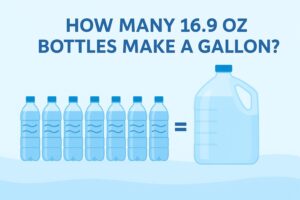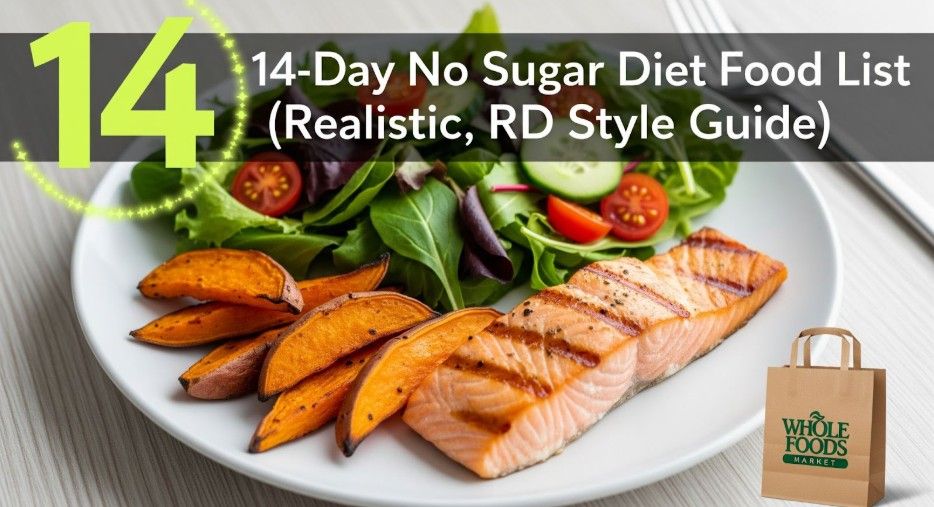
If you’re gearing up for a reset, this 14-day no sugar diet food list is your simple, realistic guide to eating with zero added sugar—without banning fruit or stressing over every bite. The goal isn’t extreme restriction; it’s learning how to spot added sugars, build satisfying meals, and make label reading second nature. (Yes, we’ll use the 4-grams-equals-1-teaspoon trick so you can “see” sugar on any label.)
What does “no sugar” really mean for 14 days?
In nutrition guidance, the focus is added sugars—the sugars put into foods and drinks during processing or preparation—not the naturally occurring sugars in fruit or plain dairy. US authorities recommend limiting added sugars to <10% of daily calories (about 50 g on a 2,000-calorie diet). The American Heart Association is even stricter: about 25 g/day for women and 36 g/day for men. For this two-week plan, we’ll aim for no added sugar, allowing whole fruit and unsweetened dairy.
Label tip: The Nutrition Facts panel now lists Added Sugars separately. That’s your north star—keep it at 0 g for this challenge.
14-Day No Sugar Diet Food List: What you can eat
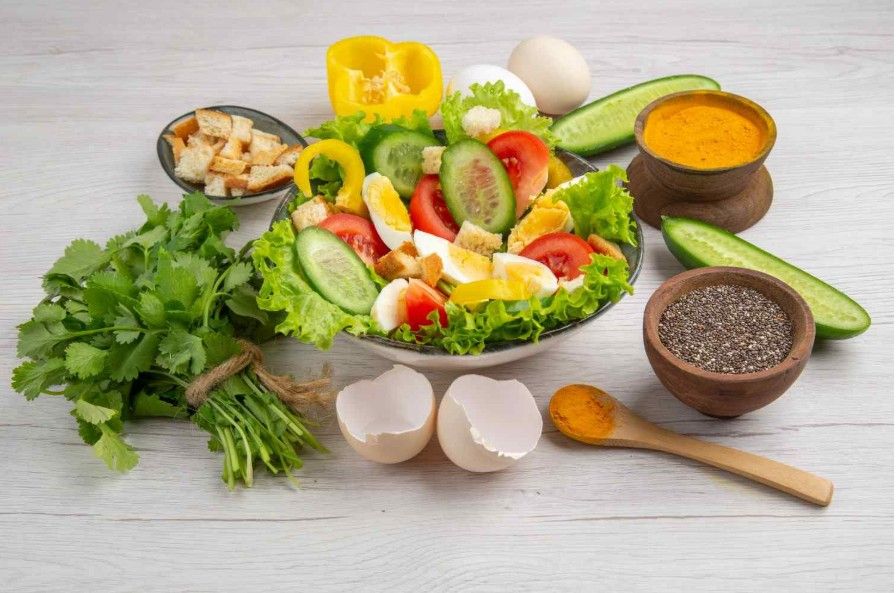
Protein anchors (build each meal around one)
Skinless chicken or turkey, fish and seafood, eggs, tofu/tempeh, edamame, lentils, beans, plain Greek yogurt, and cottage cheese. Choose plain/unsweetened versions of dairy and plant proteins; flavored cups often hide added sugar.
Non-starchy vegetables (unlimited variety)
Leafy greens, broccoli, cauliflower, zucchini, mushrooms, bell peppers, tomatoes, cucumbers, asparagus, cabbage, Brussels sprouts. Roast, sauté, or steam; add olive oil, herbs, and lemon.
Fruits (focus on whole, not juice)
Berries, apples, oranges, pears, peaches, kiwi, melon, bananas. Whole fruit brings fiber and water; juice concentrates count as added sugars if used to sweeten foods.
Smart carbs (if they fit your calories)
Oats, quinoa, brown rice, barley, whole-wheat pasta, corn tortillas, potatoes/sweet potatoes. Pick plain versions and flavor with herbs, spices, and healthy fats.
Healthy fats & flavor
Extra-virgin olive oil, avocado, nuts, seeds, nut/seed butters (unsweetened), olives, tahini. Check ingredients—skip jars that add honey, sugar, or syrups.
Condiments & extras
Mustard, salsa with no added sugar, pesto, plain tomato puree, vinegar, herbs, spices, cocoa powder (unsweetened), vanilla extract (alcohol-based is fine). Scan labels for syrups or “evaporated cane juice.”
Drinks
Water, seltzer, unsweetened coffee and tea. If you like a splash of milk, use plain dairy or unsweetened plant milks. Skip sweetened creamers for these two weeks.
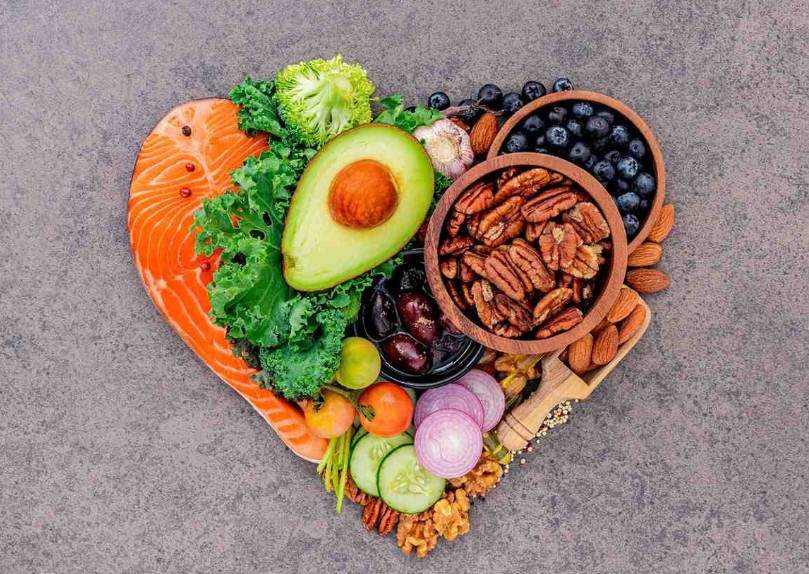
Foods to skip for 14 days (and how to spot hidden sugar)
Avoid sodas and energy drinks, sweetened coffees/teas, juices with added sugar, candies, pastries, desserts, most bottled smoothies, flavored yogurts, sweetened cereals, and many sauces (ketchup, teriyaki, BBQ) unless labeled no added sugar. On ingredients lists, added sugars appear under many names: sugar, sucrose, dextrose, syrups, honey, agave, and concentrated fruit/vegetable juices used as sweeteners. The FDA’s “Added Sugars” line helps you confirm.
How to read labels fast (4 grams = 1 teaspoon)
A practical visual: about 4 grams of sugar = 1 teaspoon. If a “healthy” bar lists 12 g added sugar, that’s ~3 teaspoons—easy pass during this challenge. Use the Added Sugars line to verify, then skim the ingredient list for sweetener aliases.
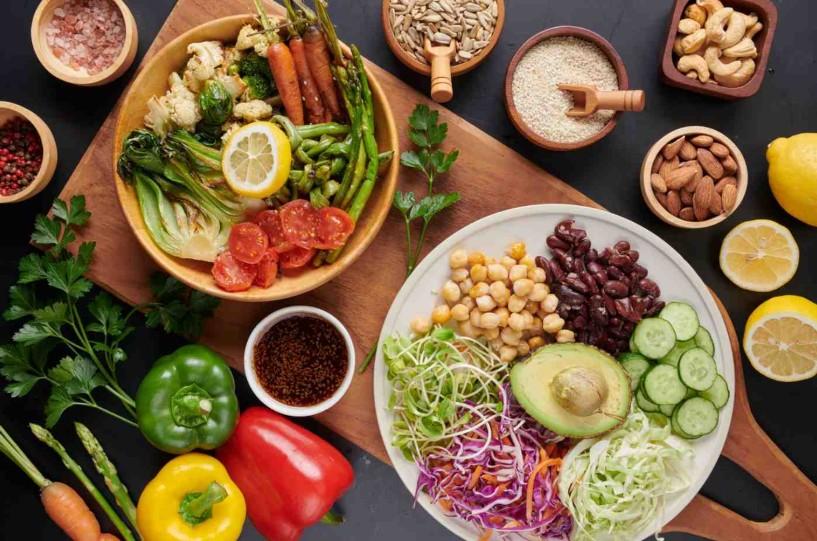
Sample day (no-added-sugar, ~1,800 kcal)
Breakfast: Plain Greek yogurt topped with blueberries, chopped walnuts, cinnamon, and a spoon of chia; coffee or tea, unsweetened.
Lunch: Big salad—grilled chicken, mixed greens, tomatoes, cucumbers, olives, feta, olive oil + vinegar. Side of quinoa.
Snack: Apple + peanut butter (ingredients: peanuts, salt).
Dinner: Baked salmon, roasted Brussels sprouts, small baked potato with olive oil and herbs; seltzer with lemon.
Dessert swap: Cocoa “latte” with warm unsweetened milk, vanilla, and a pinch of cinnamon.
Adjust portions for your energy needs; the no-added-sugar principle stays the same.
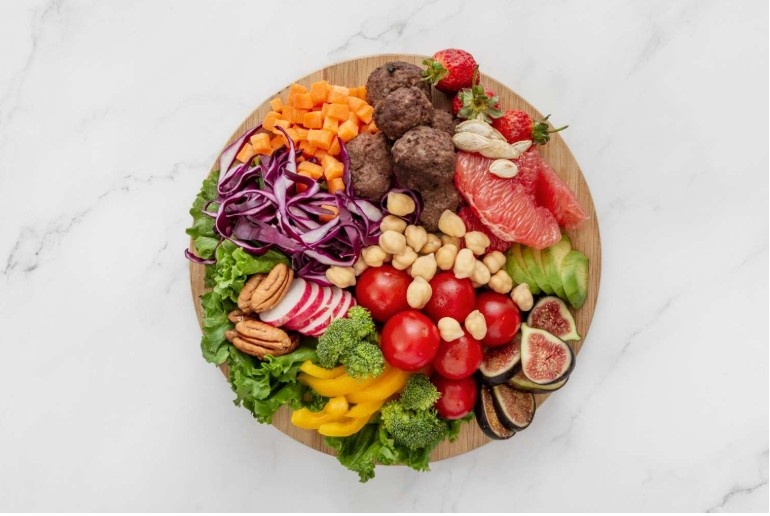
FAQs about a 14-day no-added-sugar plan
1. Can I eat fruit on a no-sugar diet?
Yes—this plan targets added sugars, not the natural sugars in whole fruit. Whole fruit comes with fiber and water that improve fullness; just avoid products sweetened with fruit juice concentrates.
2. Is coffee allowed—and what about creamers?
Black coffee and unsweetened tea are fine. If you add milk, choose plain dairy or unsweetened alternatives. Most flavored creamers contain added sugars—check the Added Sugars line on the label.
3. What about zero-calorie sweeteners?
They don’t count as added sugar, and several are FDA-approved (e.g., sucralose, aspartame, saccharin, Ace-K, neotame, advantame). That said, most heart-health guidance suggests using as little sweetness as you need—prefer unsweetened foods and retrain your palate during these two weeks.
4. How much sugar is “too much” after the challenge?
As a long-term guardrail, the AHA suggests ≤25 g/day for women and ≤36 g/day for men (about 6 and 9 teaspoons, respectively). Many public-health guidelines also advise keeping added sugars below 10% of calories.
Quick success checklist (keep it simple)
- Build meals around protein + produce; add a smart carb and healthy fat as needed.
- Shop the perimeter first; read labels on pantry items.
- Use the teaspoon trick (4 g ≈ 1 tsp) to visualize added sugar.
- Hydrate, sleep well, and keep caffeine unsweetened.
Conclusion: make the 14 days count
A 14-day no sugar diet food list isn’t about perfection; it’s a practical sprint to reset your taste buds, learn label literacy, and prove that zero added sugar can still feel abundant. Keep fruit and plain dairy, lean on savory flavor, and let the Added Sugars line be your compass going forward. If you want a printable grocery checklist and a 14-day grid next, say the word and I’ll package one up with label-reading steps based on FDA and AHA guidance.
Medical note: If you live with diabetes, are pregnant, or have a medical condition, check with your clinician or a registered dietitian for personalized nutrition advice.

